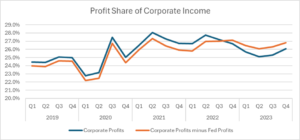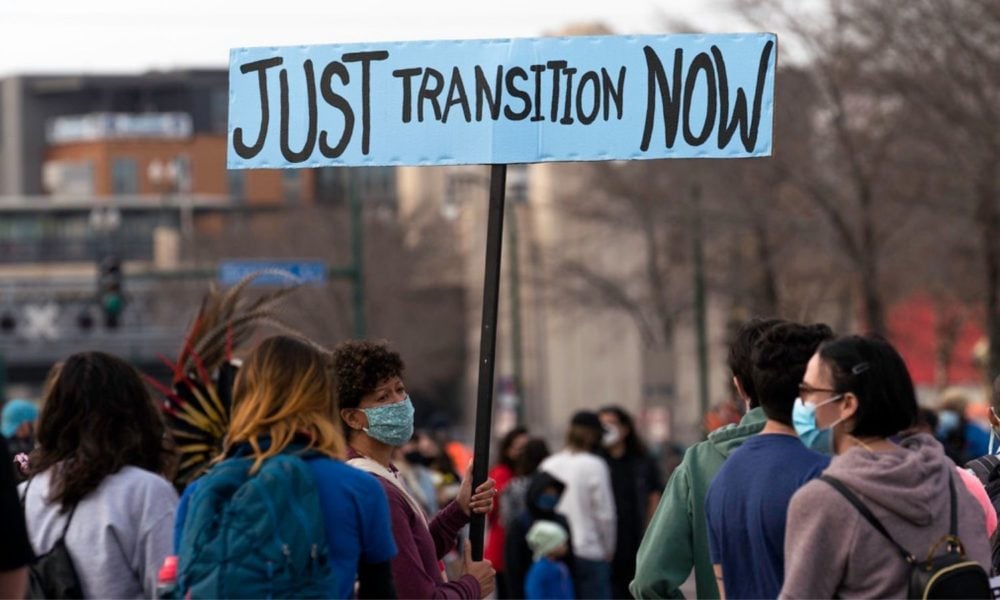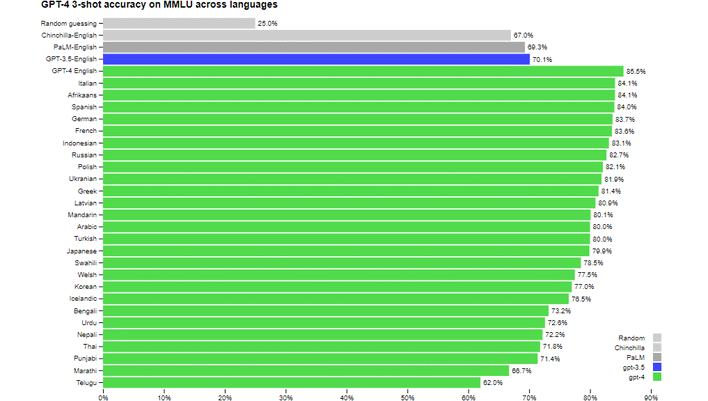LINK
Jun 10, 2024 DANI RODRIK and ROHAN SANDHU
Today’s developing economies are in a bind, because innovation in manufacturing has taken a predominantly skill-biased form, reducing demand for workers with relatively low levels of education. This means that labor-absorbing services must become productive enough to support income growth.
BERLIN – The future of developing countries is in services. This may sound odd in view of the fact that industrialization has been the traditional road to growth and eventual prosperity, one traveled by all of today’s rich economies and by more recent successes such as South Korea, Taiwan, and China. Manufacturing seems even more essential given that industrial policies to revive it are back in fashion in the US and Europe.
2
But today’s manufacturing is different. Innovation in manufacturing has taken a predominantly skill-biased form, reducing demand for workers with relatively low levels of education. New technologies such as automation, robots, and 3D printing directly substitute physical capital for labor. While firms in developing countries have an incentive to use more labor-intensive techniques, competing in the global marketplace requires employing production techniques that cannot differ significantly from those used in the frontier economies, because the productivity penalty otherwise would be too high. The need to produce according to the exacting quality standards set by global value chains restricts how much unskilled labor can substitute for physical capital and skilled labor.
Thus, the rising skill- and capital-intensity of manufacturing in turn means that globally competitive, formal segments of manufacturing in developing countries have lost the ability to absorb significant amounts of labor. They have effectively become “enclave” sectors, not too different from mining, with limited growth potential and few positive effects on the supply side of the rest of the economy.
This means that enhancing productivity in labor-absorbing services has become an essential priority, for reasons of both growth and equity. Since the bulk of jobs will be in services, these jobs need to be productive enough to support income growth. The conundrum is that we do not know much about how to raise productivity in labor-absorbing services.
While some services, such as banking, IT, and business-process outsourcing (BPO) are both productively dynamic and tradable, they will not be labor-absorbing for the same reason that manufacturing is not. Even under the best circumstances, these relatively skill-intensive services will not provide the answer to the challenge of productive job creation. The challenge is to increase productivity in labor-absorbing services such as retail, care, and personal and public services, where we have had limited success, in part because such services have never been an explicit target of productive development policies.
In a new paper, we describe four strategies for expanding productive employment in services that create the most jobs in developing countries. The first focuses on established, large, and relatively productive incumbent firms, and entails incentivizing them to expand their employment, either directly or through their local supply chains. These firms could be large retailers, platforms such as ride-sharing services, or even manufacturing exporters (with potential to generate upstream linkages with service providers).
The second strategy focuses on small enterprises (which constitute the bulk of firms in developing countries) and aims to enhance their productive capabilities through the provision of specific public inputs. These inputs could be management training, loans or grants, customized worker skills, specific infrastructure, or technology assistance.
Given the heterogeneity of such firms, ranging from micro-enterprises and self-proprietorships to mid-size companies, policies in this domain require a differentiated approach that respond to their distinct needs. Moreover, given the numbers involved, policies often also require a mechanism for selecting among the most promising firms, since most are unlikely to become dynamic and successful.
The third strategy focuses on the provision, to workers directly or to firms, of digital tools or other forms of new technologies that explicitly complement low-skill labor. The objective here is to enable less educated workers to do (some of) the jobs traditionally reserved for more skilled professionals and to increase the range of tasks they can perform.
The fourth strategy also focuses on less-educated workers and combines vocational training with “wrap-around” services, a range of additional assistance programs for job seekers to enhance their employability, retention, and eventual promotion. Modeled after Project Quest, a US-based initiative, and other similar sectoral workforce development schemes, these training programs typically work closely with employers, both to understand their needs and to reshape their human-resource practices to maximize employment potential.
There are examples of these kinds of initiatives around the world, many of which have been rigorously evaluated and which we summarize in our paper. There is already a foundation of practice on what might be called “industrial policies for services” on which future efforts can build.
Regardless of the success of individual programs, it is important to bear in mind the scale of the challenge a services-oriented development strategy faces. A randomized policy intervention that increased earnings of low-income workers by, say, 20% would normally be judged a great success (assuming reasonable program costs). But even if it were successfully scaled up to the economy at large, this gain would not make up even 1% of the income gap that currently exists between a country like Ethiopia and the US. Real success will require greater ambition, continuous experimentation, and implementation of a very wide range of programs.
This commentary draws on the authors’ recent paper “Servicing Development Productive Upgrading of Labor-Absorbing Services in Developing Countries.”





